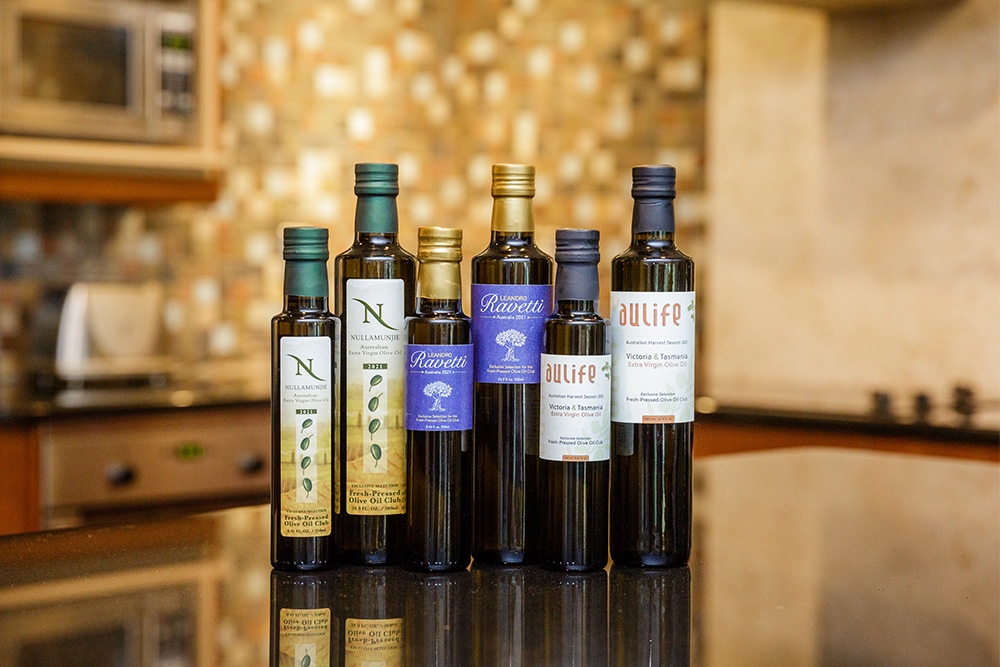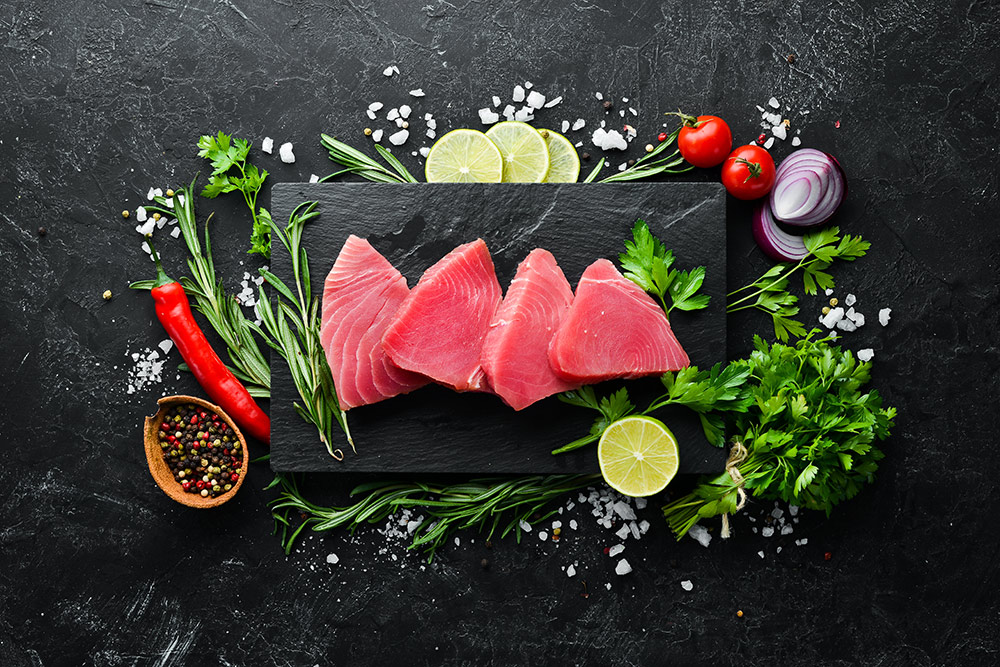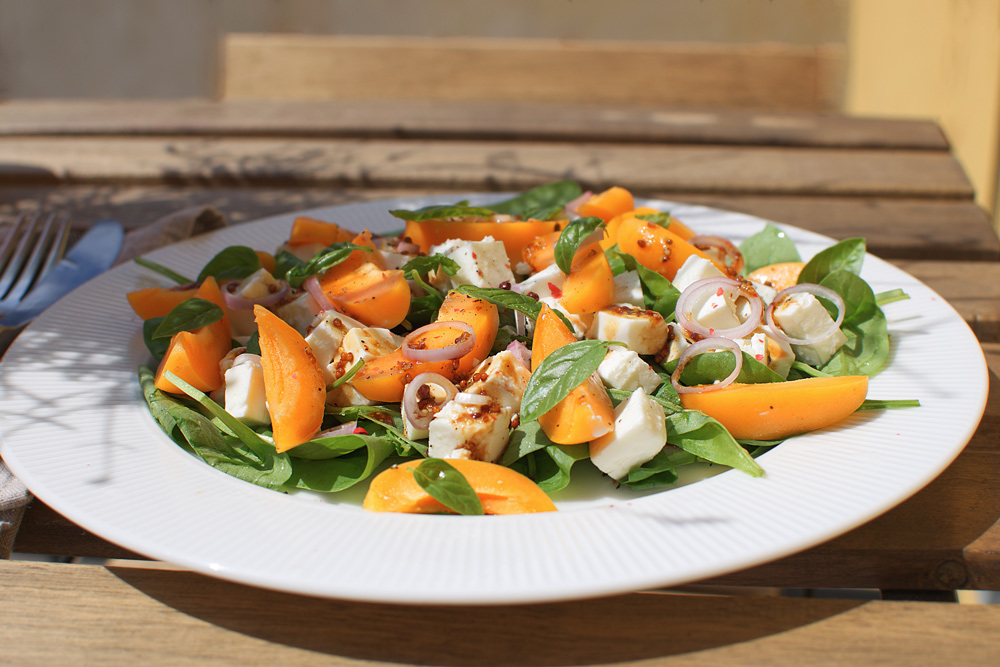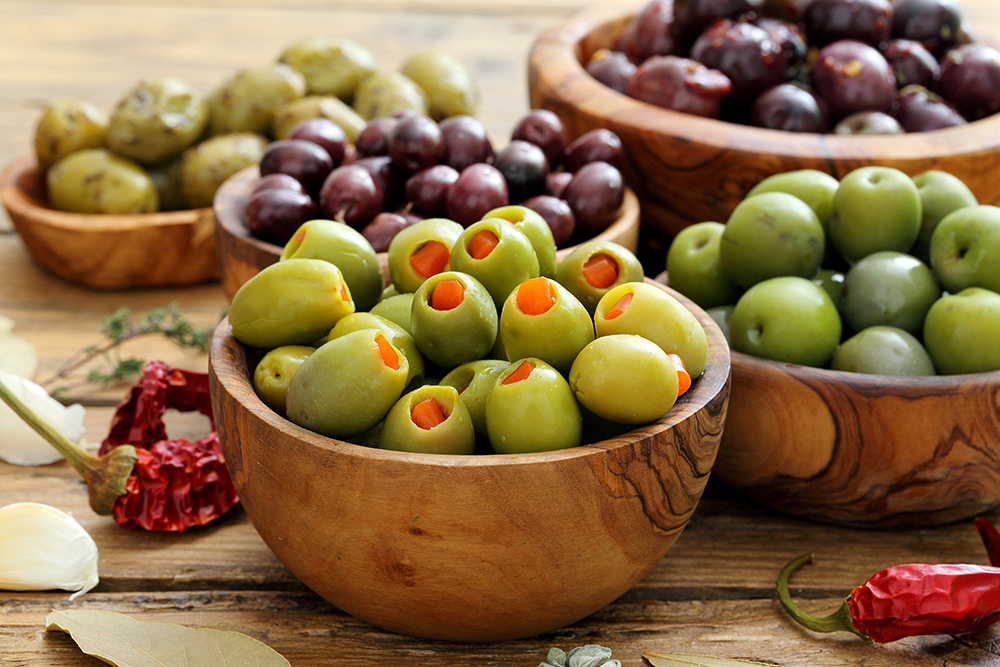Top 10 Questions About Extra Virgin Olive Oil Answered by T. J. Robinson, The Olive Oil Hunter®
I’m always amazed at how much misinformation is still circulating about olive oil, and extra virgin olive oil (EVOO) in particular. So, I was thrilled when Clean Eating magazine asked me to answer the top 10 questions people have about EVOO. And I’m equally thrilled to share my answers with you in this special edition of the Olive Oil Hunter Newsletter!
Q: What’s the real difference between artisan-produced fresh-pressed extra virgin olive oil and the oils available at the supermarket and even a local gourmet store?
T.J.: The words “extra virgin” have a very broad scope. Extra virgin means that the oil was made from the first pressing of the olives, which is a good thing. But if that olive oil wasn’t made by mechanical means only—that means without heat or chemicals—and if it wasn’t bottled and shipped right away, it won’t taste much better than a lesser grade and won’t have the high levels of antioxidants and polyphenols that give extra virgin olive oil its superfood status, not to mention the unmistakable taste of fresh-pressed olive oil. It’s wonderful to follow a Mediterranean diet, known for its brain, heart, and overall health benefits, but remember that people living in Mediterranean countries are eating the freshest olive oil—they have access to freshly pressed oil from their own farms or from small community farms, and that helps account for the benefits of their diet.
Q: How does olive ripeness at harvest time affect the taste, quality, and price of olive oil?
T.J.: Here’s a secret that I only found out when I got involved in the olive oil business. The highest quality, best tasting olive oil comes from olives harvested and pressed when they’re still green and contain only 10% oil—low yield but maximum flavor. Fully ripe olives that have turned black produce three times as much oil but have nowhere near the taste. These fully ripe olives are what many mass producers use to get more product. Yes, you pay more for fresh-pressed olive oil, but you benefit in many ways. This oil has the highest levels of various nutrients that keep the oil fresher longer in the bottle and that prevent oxidation when you cook with it.
Q: How does the olive variety play a role in the taste of an oil?
T.J.: It’s a huge component! The same way that a chef combines herbs and spices for the perfect dish, I bring together different varieties to create flavor profiles, using the best of what my network of small artisanal growers harvest each season. I might choose just one variety or use up to three to create the three oils for each of my collections—one mild, one medium, and one spicy.
Q: Should I buy a blend?
T.J.: I want to clear up any confusion regarding what I do when I create a blend of artisanal olive oils from one of the family farms I work with and what’s in some supermarket bottles of olive oil labeled as a blend. Independent investigations in the past have revealed that many off-the-shelf bottles contain olive oils from an unidentified country of origin. There are also oils from unidentified countries that were blended and bottled in yet another location. Still another issue is that some olive oils were found to be diluted with a lesser oil, like canola. Not only do these low-quality oils taste unappealing, you’re also not getting the nutrients you were expecting. You’re most likely to find the word “blend” tucked away in a corner of the label on a store-bought brand whereas in the Pressing Report I include with every shipment I write in great detail about the varieties I choose for my oils.
Q: Is there any truth to using the “refrigerator test” to confirm that an olive oil is pure 100% extra virgin olive oil?
T.J.: The refrigerator test claims that a true extra virgin olive oil won’t solidify when refrigerated, but that’s a myth. A cold fridge will solidify any oil. Also, it can’t tell you the acidity of the oil or its nutrient level—it’s just not an accurate gauge. Let me clarify more label confusion. “Pure” olive oil is the lowest quality because it’s from the last pressing of the oil and uses chemicals to squeeze out the remains. “Light” olive oil is also highly processed, removing flavor and nutrients.
Q: What are your tips on shopping for olive oil for someone not in the Fresh-Pressed Olive Oil Club?
T.J.: Look for the harvest date on the label, not just an expiration date. You want to buy oil within 6 to 12 months of harvest. The expiration date doesn’t tell you when the olives were harvested. Buy olive oil in dark glass, which helps protect it from damaging light. Choose a store with high turnover and that lets you taste the oil before you buy it. Light, time, and temperature destroy olive oil. Keep in mind that a fancy cut-glass bottle and an arty label can’t make up for a pressing date that was three years ago.
Q: How can I educate my taste buds?
T.J.: Once you try really fresh-pressed olive oil, you’ll notice the difference right away. It’s easy and fun to do a taste test, and I recommend it if you don’t have someone like me who can curate oils for you. Here are the simple steps to take:
At a market, there will probably be disposable paper cups for sampling, but when possible use a blue glass so that your eye won’t trick you into liking an olive oil based on its color. Yes, if it’s very green, it’s from very green fruit (which is good), but that’s not the only indicator of quality. Pour about one tablespoon into the cup. Put the cup in the palm of your hand and swirl the oil around to warm it and release all the aromas.
Inhale deeply. There are many notes that define an oil’s fruitiness—it may smell grassy, herbaceous, fresh, and clean. Depending on the olive varieties, you might notice hints of grass, mint, and oregano, among many others.
Now taste. Put a scant teaspoon of the oil on your palate and chew on it a bit. You should taste fruitiness, but also bitterness (this tells you it’s from green fruit), and spiciness. You might get a taste that reminds you of arugula or black peppercorns or fresh ginger. It should tickle or pinch the back of your throat as you swallow it.
Q: Is it true that really high-quality olive oil makes you cough?
T.J.: Yes! In Italy, they often refer to great olive oil as a one-, two-, or three-cough oil—the more the better! The cough reaction actually tells you how high the oil is in healthful polyphenols (high is a count of 300 or more, and for a low-quality oil, it’s closer to 150). This is the type of testing I do on my oils, but you’re not likely to find any number indicated on oils sold in retail stores.
Q: What are your tips for storing olive oil so that it stays fresher longer?
T.J.: Most important is to never keep your bottles out on the counter, near a window, in a cabinet above the stove, or any area that’s warm. The bottom shelf of a pantry cabinet is excellent. On the other hand, do take it out and use it—don’t save it for special occasions. In our house, when we set the table, we take our olive oil out of the cabinet and put it alongside the salt and pepper—it’s a “sauce” that Mother Nature has made for you, so enjoy it.
Q: Can I use extra virgin olive oil for high-heat cooking?
T.J.: Yes, cook up a storm! Olive oil is wonderful for so much more than salads and other cold dishes. In fact, it’s a myth that you can’t use olive oil for high-heat cooking. The same antioxidants that help high-quality extra virgin olive oil stay fresh also help keep it from oxidizing during sautéing and frying. Of course, olive oil is too expensive for the large amounts of oil needed for deep frying, but if money’s no object, go for it!
Get More Recipes In Your Inbox!







